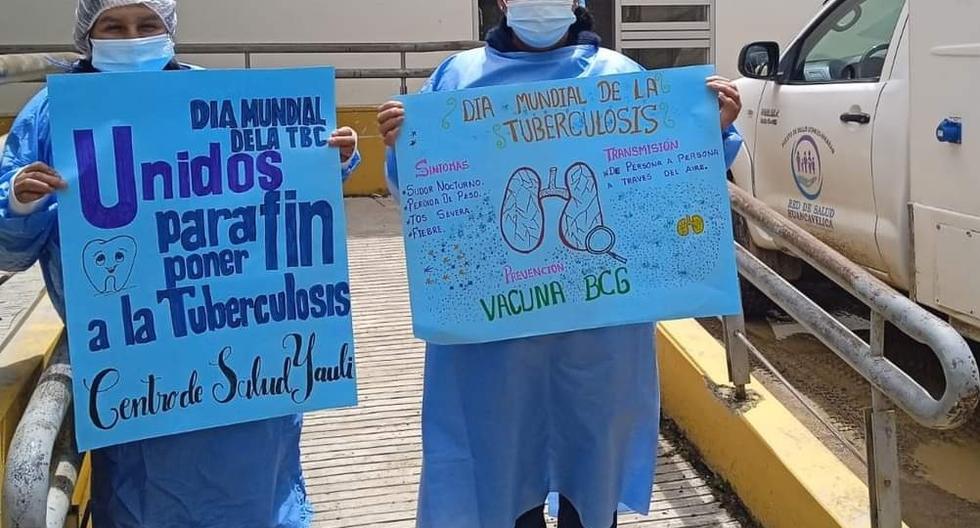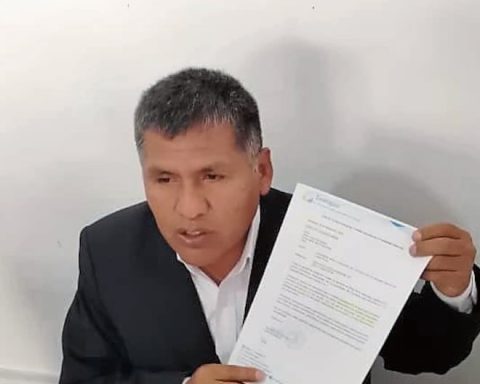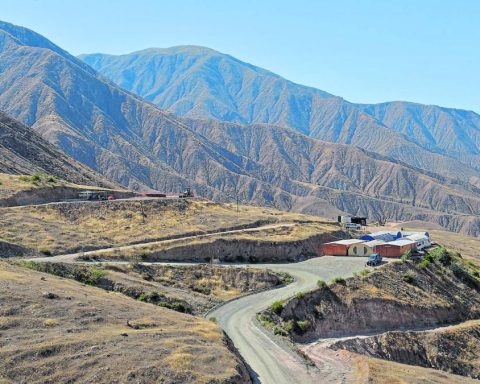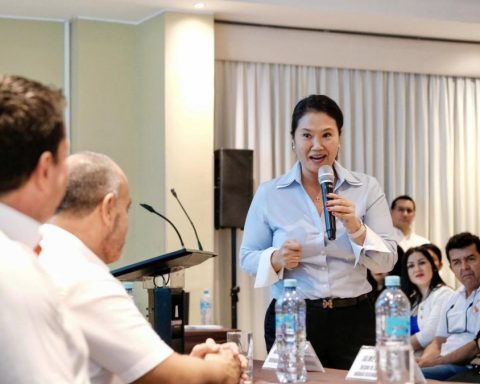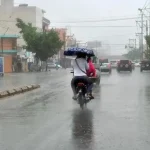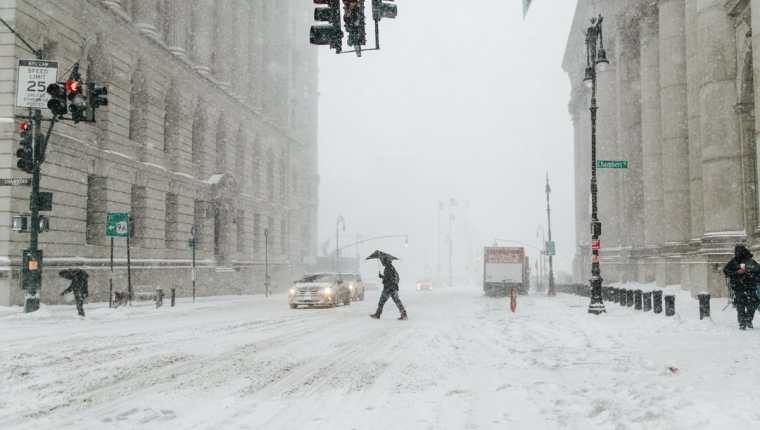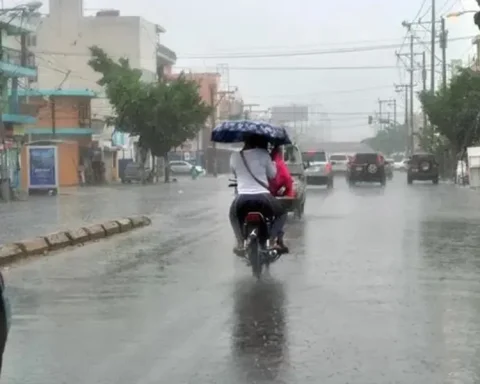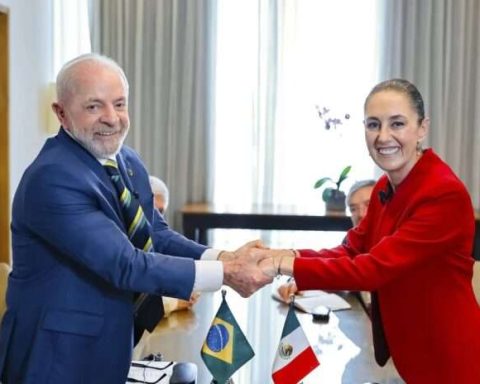During this year, a total of 39 new cases of tuberculosis have been detected throughout the region, reported from the DHuancavelica Regional Health Directorate.
Alejandro León, regional coordinator of the Tuberculosis Prevention and Control Health Strategy of the Regional Health Directorate (DIRESA), indicated that in 2019 (the year before the pandemic) they registered 93 cases of TB at the regional level, 64 of them pulmonary TB and 29 extrapulmonary, the most frequent of the latter being pleural TB, enteroperitoneal TB, meningeal TB or with involvement of the central nervous system, renal TB, among others.
YOU CAN ALSO SEE: Ombudsman finds serious shortcomings in hospitals in the Huancavelica region
The cases were diagnosed in the provinces of Huancavelica (39 cases), Tayacaja (29), Angaraes (13), Acobamba (6), Churcampa (3) and Huaytará (1), additionally 2 cases of patients with HIV and TB were registered. and 2 cases of drug resistant TB. The most affected age group was 18 to 29 years with 38 cases.
From January to date, 39 cases of TB were registered at the regional level, 27 of them pulmonary TB and 12 extrapulmonary, the most frequent of the latter being enteroperitoneal TB, lymph node TB, pleural TB, skin TB, and intestinal TB, among others. The cases were diagnosed in the provinces of Huancavelica (19 cases), Angaraes (11), Tayacaja (5), Acobamba (2), Churcampa (1) and Huaytará (1). In addition, 3 cases of drug resistant TB were registered.
The most affected age group is 18 to 29 years with 16 cases.
Gaspar Carbajal reported that the main route of contagion for this disease is respiratory, which is spread in 70% of cases.
YOU CAN ALSO SEE: Self-medication, a latent problem in the Huancavelica region
He recommended that the population not to be neglected and in the presence of symptoms, such as a productive cough with phlegm for more than 15 days, loss of appetite, night sweats, fever, among others, go immediately to the nearest health facility to your home, in addition , indicated that it is essential to ventilate the environments, frequently wash hands and comply with vaccinations, such as BCG (Bacillus Calmette – Guérin) that is applied to newborns.
Regarding relatives or people close to the patient, it is important that they wear a mask and if a positive case is confirmed in the family, carry out the control on relatives and people who had contact with the person affected by tuberculosis, who should also be tested. their discard screening.
YOU CAN ALSO SEE: More than 750 cases of diabetes in Huancavelica
“The treatment that is carried out when the disease is in its beginnings is for sensitive TB, which is when the 4 drugs that are given to the patient have the opportune effect and he is 100% cured, which is why it is so important to detect it on time to those affected, we also have patients with drug-resistant TB, which is when the bacteria become resistant to first-line drugs and second-line anti-TB drugs have to be used. These cases are more complicated and generally occur in patients with a history of the disease, abandonment of treatment or with adverse drug reactions (RAFAS). The treatment in cases of Sensitive TB is 6, 9 and 12 months respectively”, he said.
